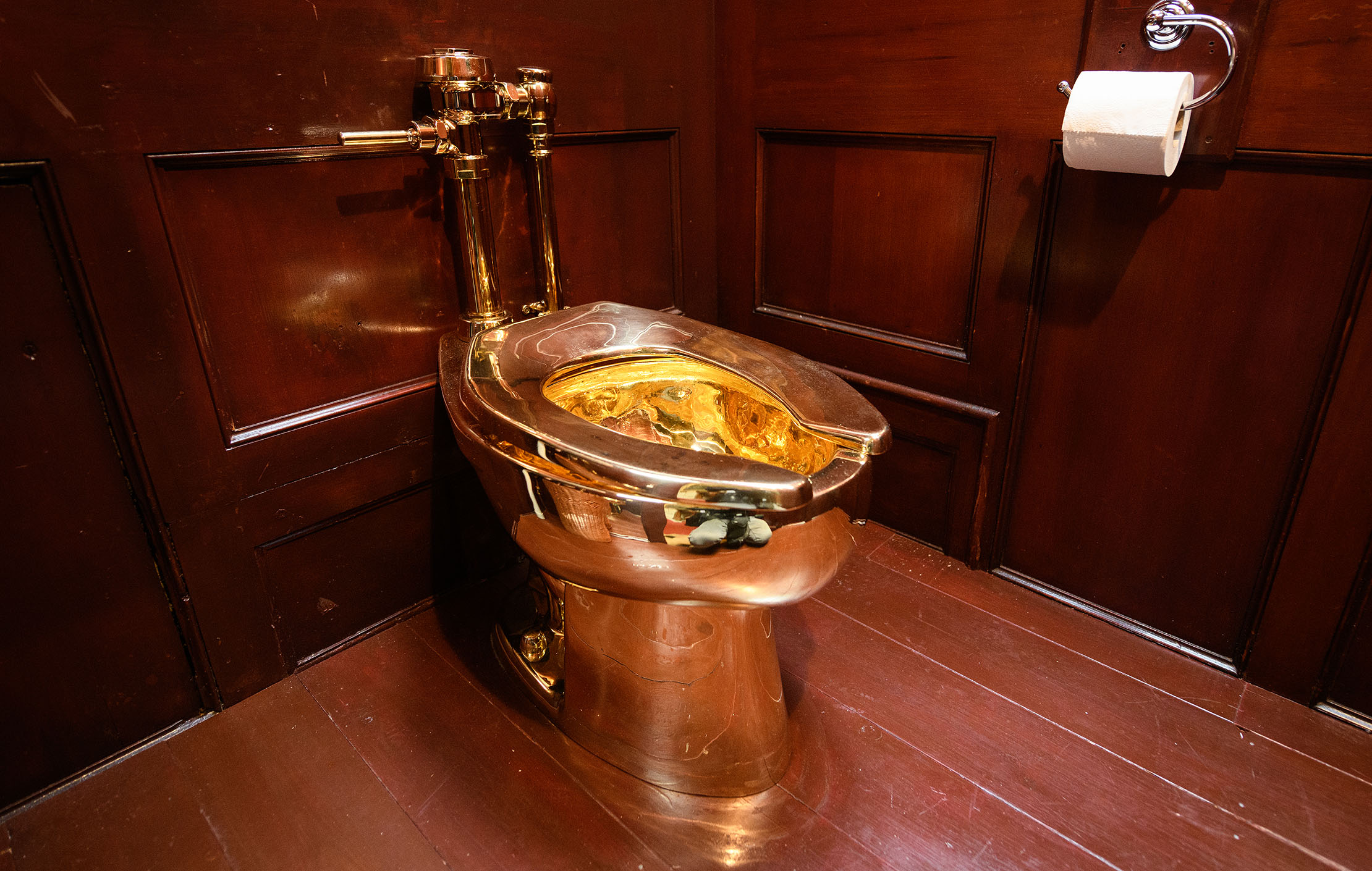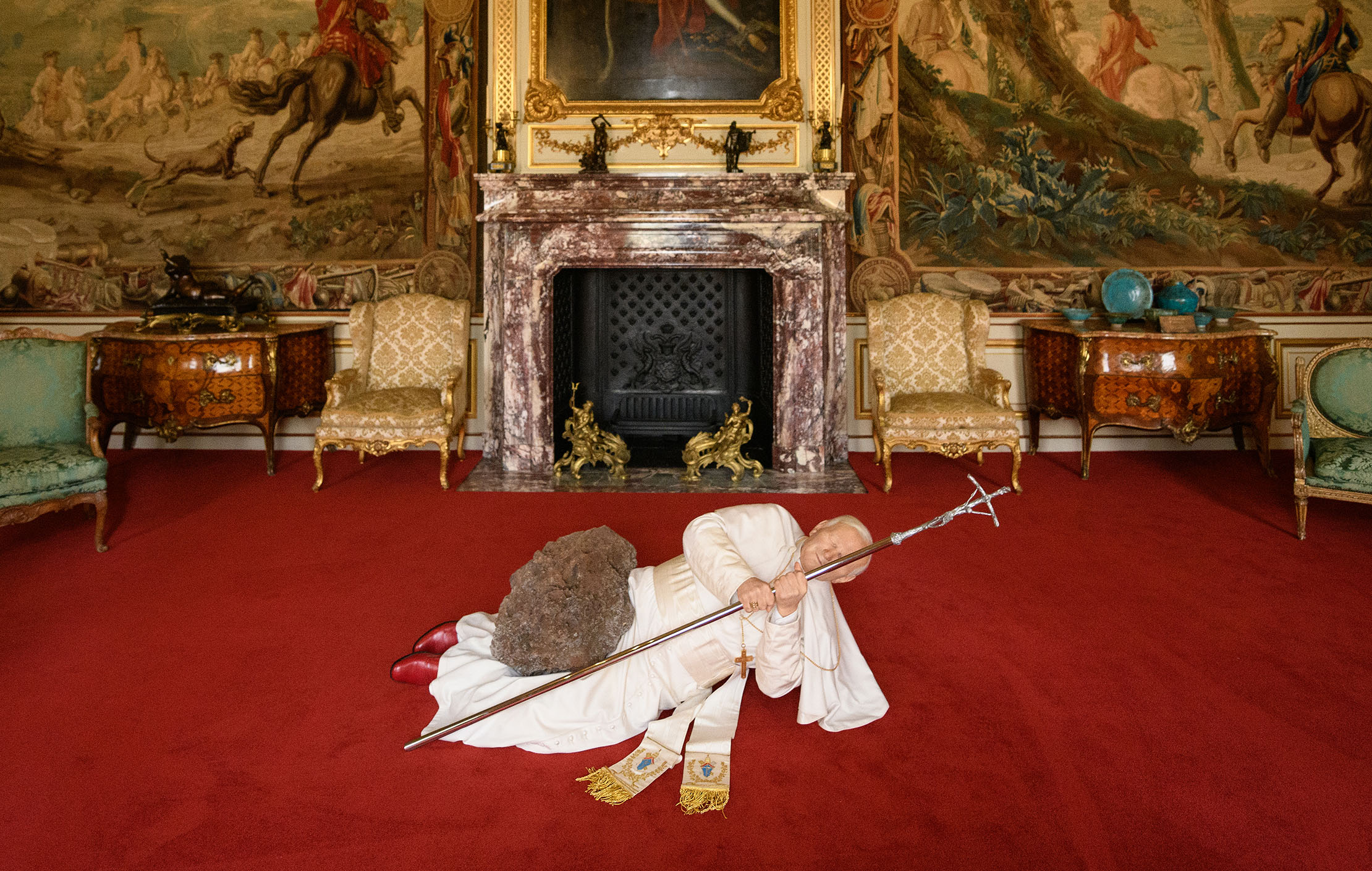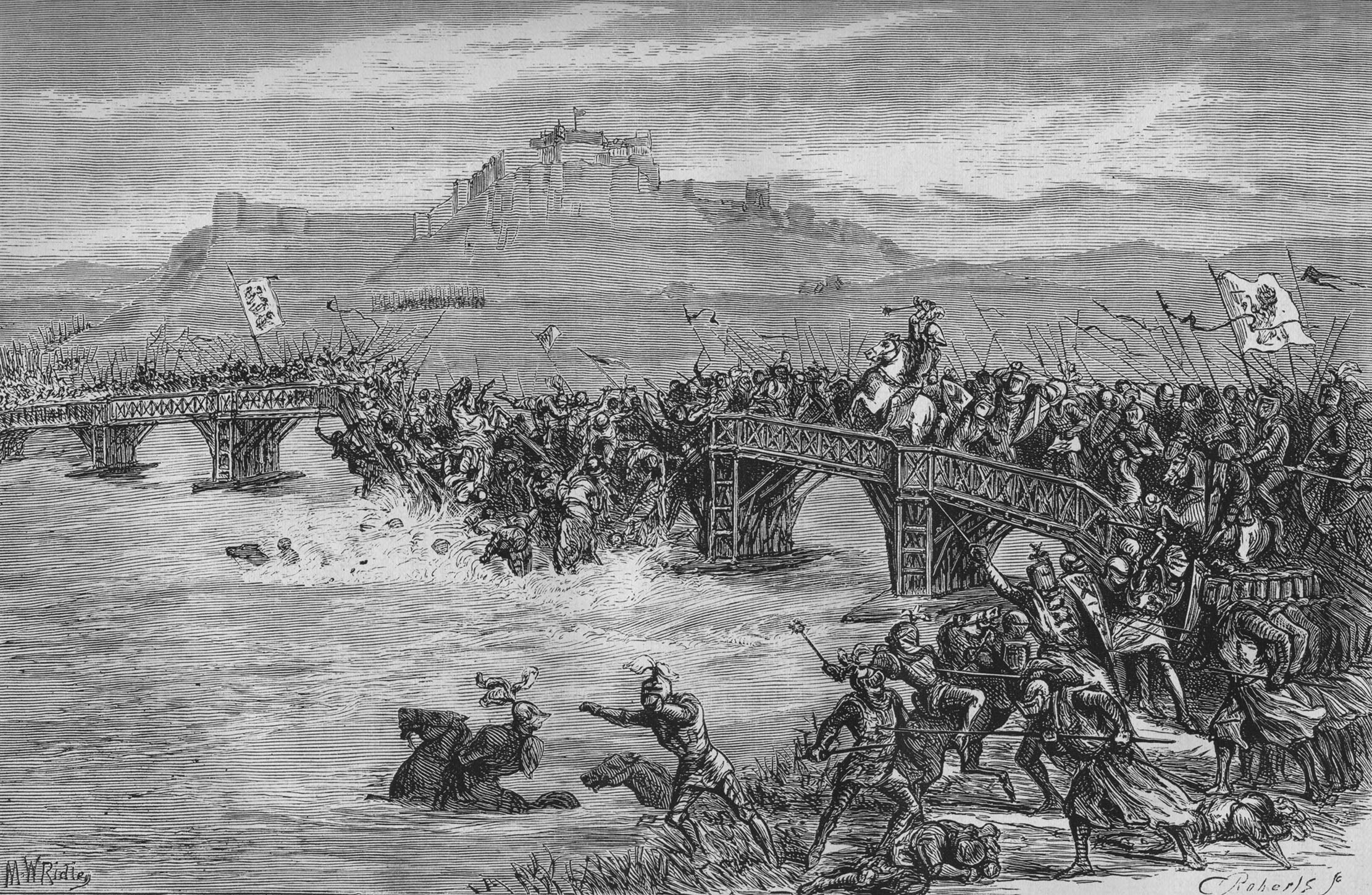Country Life Today: Thieves who stole Blenheim Palace's golden loo might be 'the real artists', suggests Cattelan
This morning's news looks at an extraordinary theft from Blenheim Palace, re-visits William Wallace's most famous victory and enjoys the sight of giant vegetables in Yorkshire.

Blenheim Palace's golden loo stolen
An 18-carat gold toilet worth £4.8 million was stolen from Blenheim Palace, the Oxfordshire stately home that was the birthplace of Winston Churchill, over the weekend.
Thieves broke in and pinched the golden loo, which had been installed as part of an art exhibition at the house by Italian conceptual artist Maurizio Cattelan. While it's an eye-catching piece, it was far from the only bizarre object on display: one room features a taxidermy horse suspended from the ceiling, another has a waxwork likeness of the late Pope John Paul II having been killed by a falling meteorite.

Cattelan has a long history of pranks in art, so much so that he had to put out a statement assuring the public that he had nothing to do with the theft.
'I always liked heist movies and finally I’m in one of them,' he said. 'Are the thieves of this work the real artists? From the speed the robbery was executed we can say for sure they are great performers.'
He also told the New York Times that he hoped that the theft was some sort of 'Robin Hood action' — yet also hoped expressed a desire that the toilet has been plumbed in for use somewhere, rather than being melted down.
Full story (The Times, Evening Standard, New York Times)
The year's best giant vegetables, as seen in Harrogate

Every year, the Harrogate Autumn Flower Show witnesses some stunning fruit and veg — we've collected the best pictures.
Exquisite houses, the beauty of Nature, and how to get the most from your life, straight to your inbox.
On This Day — The Pilgrims set sail on Mayflower
It was on September 16, 1620 that the most famous religious refugees in history left Plymouth for the New World, with 102 emigrants and around 30 crew on board.
They arrived at Cape Cod on November 9 and attempted to continue south to Virginia; but a storm stopped them in their tracks, and instead they settled in what has become known as New England.
Read more (www.mayflower400uk.org)
William Wallace's most famous victory all thanks to rising tide, claims historian
A researcher at Stirling University has concluded that the Battle of Stirling Bridge became a devastating victory for William Wallace thanks in large part to the rising tide trapping English soldiers. The water apparently rose far higher then that it does now, and the English troops were in danger of being encircled by water. Many broke ranks in fear and were routed in a victory made (more) famous by Mel Gibson's classic film, Braveheart.

'You can easily imagine the people at the back pushing forwards while those at the front were retreating, says research fellow Murray Cook. 'As the tide rises behind them, they break form. They are crushed or drowned...
'I don’t believe Wallace and de Moray could have planned it, but seeing the situation unfold, they took advantage. The English didn’t know how high the Forth would rise and order broke down, resulting in the loss of 5,000 souls. The Forth was the greatest ally Wallace ever had.'
Picture of the Day
And finally... a new 'tent tax' for festivals

After the pictures of tents left abandoned at festivals have sparked all sorts of outrage, a solid suggestion comes from a somewhat unlikely source: Janet Street-Porter.
Toby Keel is Country Life's Digital Director, and has been running the website and social media channels since 2016. A former sports journalist, he writes about property, cars, lifestyle, travel, nature.

